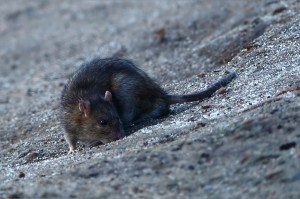Finding unwanted and uninvited animals in your home can be very upsetting. Wild animals can be hazardous to both the health and the property of the human occupants of the home. While your first thought might be to just remove the animals yourself, sometimes it is much better to hire a professional. There may be laws or local ordinances protecting the animals in your home (or governing their removal), not to mention removing them might be dangerous. There are many benefits to hiring a wildlife removal company, including experience and proper tools.
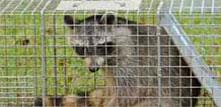 Professional animal removal experts have several advantages over a homeowner, and one happens to be experience. While this may be your first encounter with a wild animal from the great outdoors, this may be the professional’s third or fourth call of the day! Wildlife professionals are trained experts who have removed animals countless times and know to expect the unexpected. They are familiar with the animal and the animal’s behavior.
Professional animal removal experts have several advantages over a homeowner, and one happens to be experience. While this may be your first encounter with a wild animal from the great outdoors, this may be the professional’s third or fourth call of the day! Wildlife professionals are trained experts who have removed animals countless times and know to expect the unexpected. They are familiar with the animal and the animal’s behavior.
Something else homeowners lack is proper tools. Depending on the animal and where it has taken up residence, your wildlife professional will know what (if any) tools are necessary. In some cases, a cage for trap and release may be required and that would be dangerous for an inexperienced homeowner.
Professional animal removal experts like Attic Solutions are also well versed in state and federal wildlife law as well as local ordinances pertaining to animals and animal removal. Average homeowners are not familiar and open themselves up to possibly unknowingly breaking the law if they attempt to remove wild animals on their own.
You should also consider if there may be any dangerous repairs to be made, like with a chimney or attic. A full-service wildlife removal company like Attic Solutions will not only remove the unwanted wildlife, but clean up the mess they made as well.
It is always best to err on the side of caution and not try to remove wild animals on your own. Without meaning to, you could break a law or endanger yourself or the animal. Call a trained professional like Attic Solutions who are familiar with humane and effective animal removal procedures.




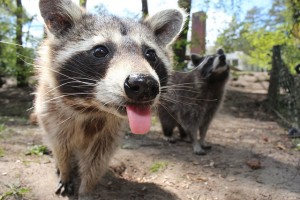
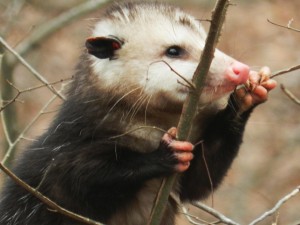
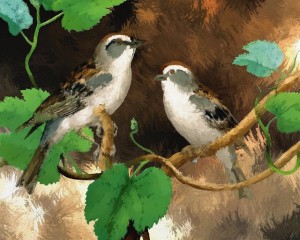
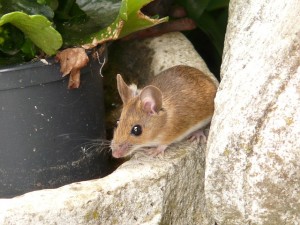
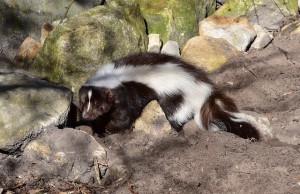
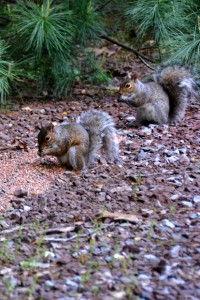 Squirrels may seem cute and innocent when they are running around in your backyard, but if they infest your home they can pose a serious health risk to the human inhabitants. While it is less common, the diseases squirrels carry are quite serious and can be harmful to pets as well. Squirrels are the primary carriers of the following diseases.
Squirrels may seem cute and innocent when they are running around in your backyard, but if they infest your home they can pose a serious health risk to the human inhabitants. While it is less common, the diseases squirrels carry are quite serious and can be harmful to pets as well. Squirrels are the primary carriers of the following diseases.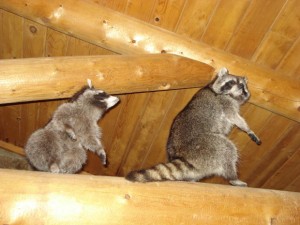
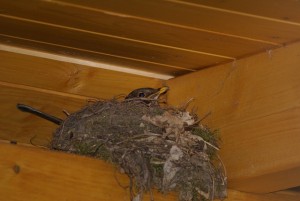
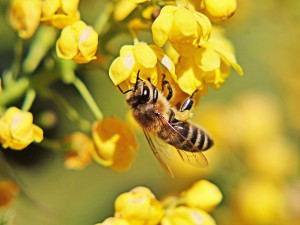
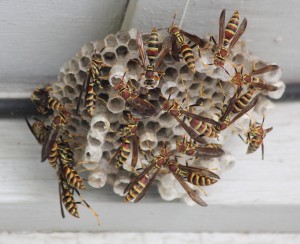
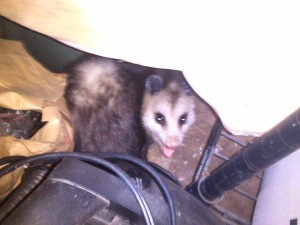
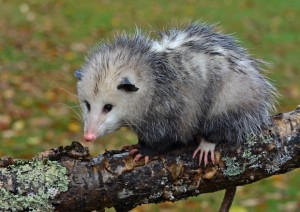
 There is nothing more frustrating than trying to remove an animal once it has decided to take up residence in your home! Whether they burrow under the foundation, or invade the attic, it can be both a time consuming and expensive process to evict them. Remember the old saying “An ounce of prevention is worth a pound of cure”? Well, that is very fitting! The following are some tips on preventing animals for making your home their home.
There is nothing more frustrating than trying to remove an animal once it has decided to take up residence in your home! Whether they burrow under the foundation, or invade the attic, it can be both a time consuming and expensive process to evict them. Remember the old saying “An ounce of prevention is worth a pound of cure”? Well, that is very fitting! The following are some tips on preventing animals for making your home their home.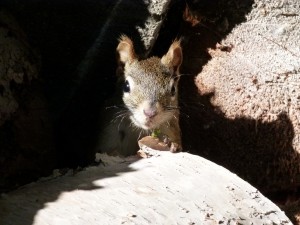
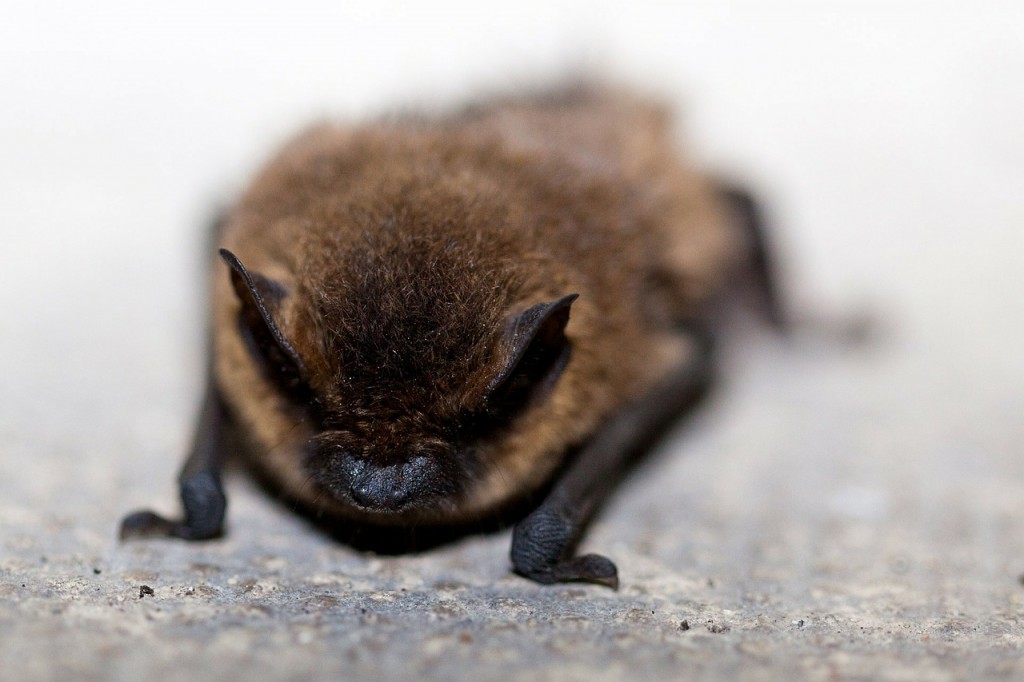 You may not realize it, but there are actually 12 different species of bats that regularly occur in Illinois. Don’t be alarmed; all of the bats who call Illinois home are insectivorous, which means they only hunt insects. Bats are small, winged mammals, who usually weigh no more than a few ounces. Their heads and bodies are covered with fur and their wings have hairless membranes connecting them to the hind legs, body, and forelimbs. Bats are also quite intelligent creatures. Some of the bat species inherent to Illinois include:
You may not realize it, but there are actually 12 different species of bats that regularly occur in Illinois. Don’t be alarmed; all of the bats who call Illinois home are insectivorous, which means they only hunt insects. Bats are small, winged mammals, who usually weigh no more than a few ounces. Their heads and bodies are covered with fur and their wings have hairless membranes connecting them to the hind legs, body, and forelimbs. Bats are also quite intelligent creatures. Some of the bat species inherent to Illinois include: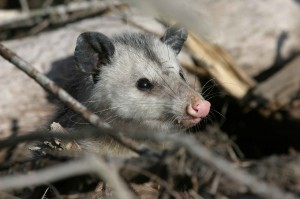 Discovering you have an uninvited animal living in your home can be both frightening and stressful. Wild animals can cause damages that are costly to fix and may even pose a health hazard. Not only can removing wild animals from your home be dangerous, there may also be laws and ordinances you aren’t even aware of governing the procedure. If you find yourself needing to hire a professional animal removal company, there are several factors you should take in to consideration.
Discovering you have an uninvited animal living in your home can be both frightening and stressful. Wild animals can cause damages that are costly to fix and may even pose a health hazard. Not only can removing wild animals from your home be dangerous, there may also be laws and ordinances you aren’t even aware of governing the procedure. If you find yourself needing to hire a professional animal removal company, there are several factors you should take in to consideration.